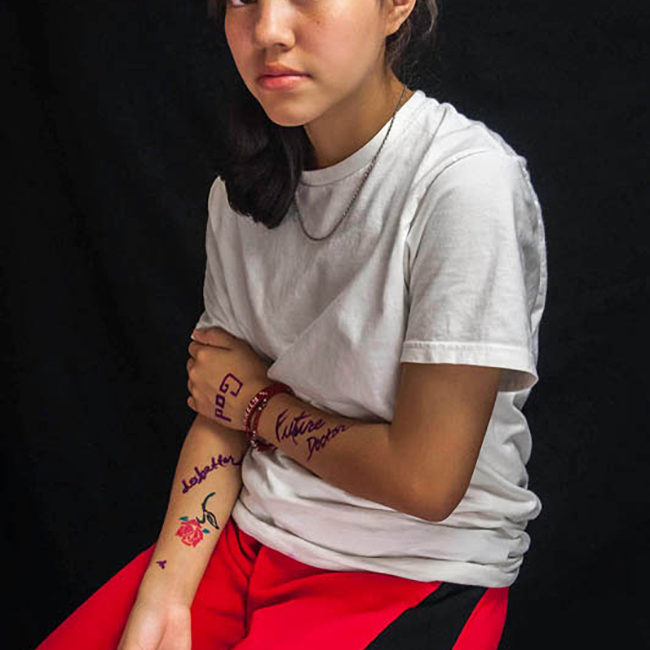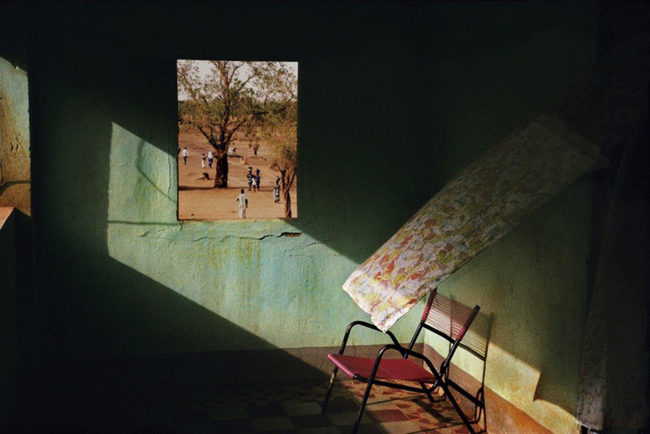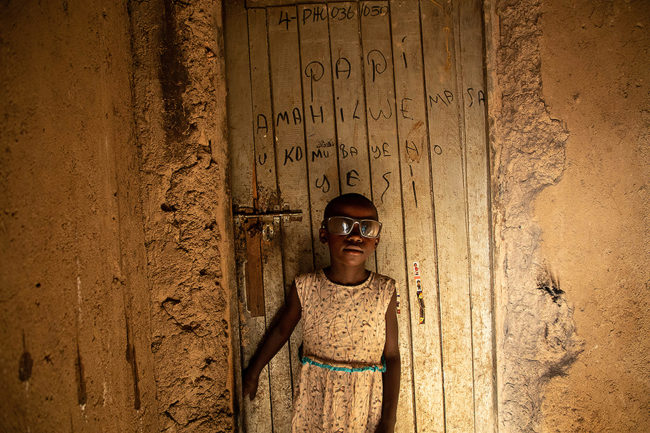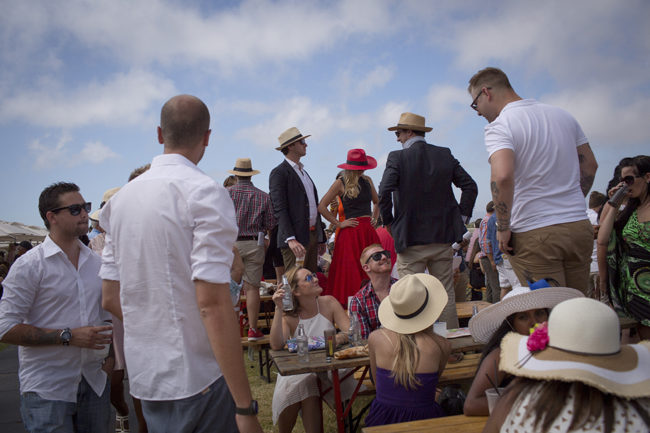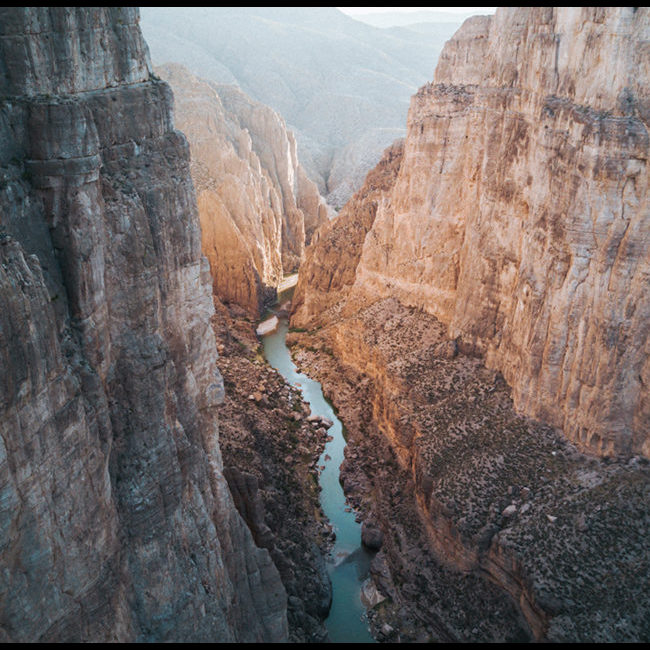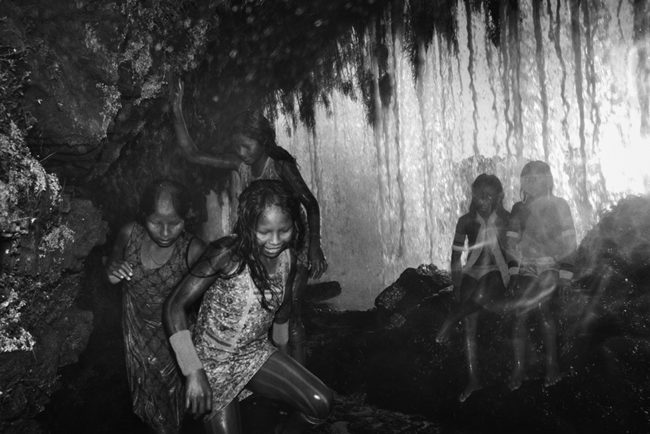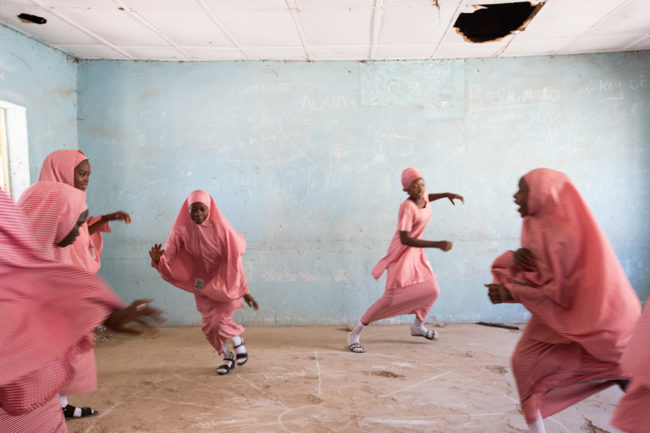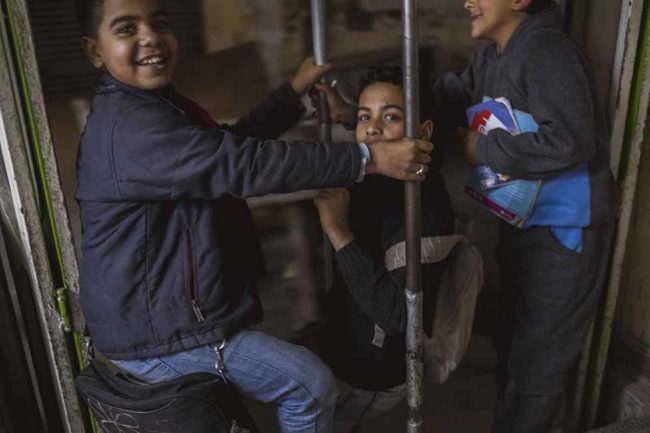The four photographers who make up the collective Document Scotland set out to look at how the past has shaped Scotland’s present, and what its history and traditions mean for the future. Collected in “Document Scotland: The Ties That Bind,” an exhibition at the Scottish National Portrait Gallery up through April 24, the show features work by Stephen McLaren, Jeremy Sutton-Hibbert, Colin McPherson and Sophie Gerrard, and is in part a response to the 2014 referendum on Scottish independence from the United Kingdom, which was rejected by voters who turned out in record numbers.
“A Sweet Forgetting,” Stephen McLaren’s project, examines the involvement of Scots in the sugar economy of Jamaica in the 18th and 19th centuries, which depended on slave labor from Africa. In Jamaica, McLaren documented seven plantation sites owned by Scotsmen, and on his return home, traced the how their wealth was spent and what of it endures, showing the influence of this history on the physical landscape of each place, in the architecture and the names of streets, and on the lives of inhabitants of each place.
Jeremy Sutton-Hibbert looked at traditional summer festivals in the Scottish Borders area known as the Common Ridings for his series “Unsullied and Untarnished” (also published recently as a book). Dating back to land disputes and clan rivalries from the 13th and 14th centuries, the Common Ridings are symbolic surveys of the boundaries of a town’s common lands, carried out on horseback by young people chosen by their community. Shot against a white backdrop or in the rugged landscape, Sutton-Hibbert’s subjects enact rituals that help sustain their community. The participants “maintain the golden threads that stretch back through the ages to a time when the world was a younger place,” writes Alex Massie in an essay in the book. “These festivals are the guardians and custodians of memory and without memory, what does identity matter?”
For the last ten years, Colin McPherson has been photographing soccer culture for When Saturday Comes, a magazine with the tagline “the half decent football magazine.” His series of the same name explores the lower-league levels of the game and the rituals associated with it, focusing on the shared sense of purpose of players and fans, who come from the same small towns. In his images, the character of the supporters and the texture of the places is as important as the game itself.
For her series “Drawn to the Land,” Sophie Gerrard photographed six women farmers in Argyll, Perthshire, the Scottish Borders, the Isle of Eigg and the Isle of Mull, looking at how they shape, and are shaped by, their surroundings. “Working and living in a male dominated world, women have a significant yet under represented role to play in farming in Scotland,” writes Gerrard in a statement. “Farming some of the most inhospitable and isolated rural areas of Scotland, these female farmers have an intense and remarkable relationship with the harsh landscape in which they live and work.”
Together, these four series ask what modern Scottish identity means, and find diverse answers.
Related Stories:
